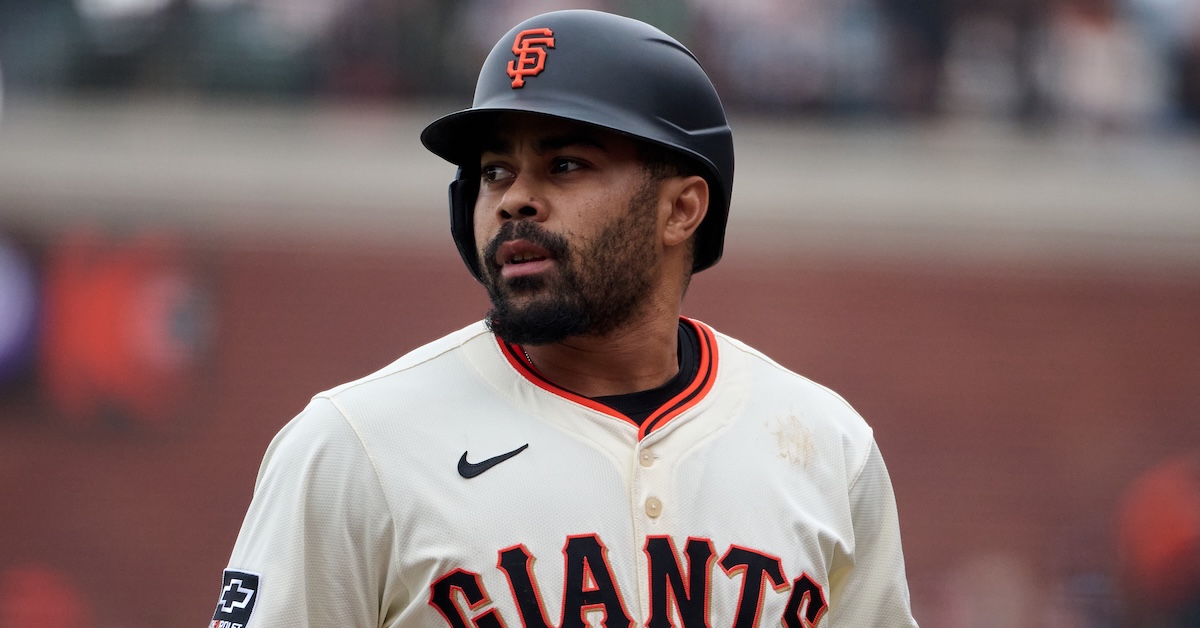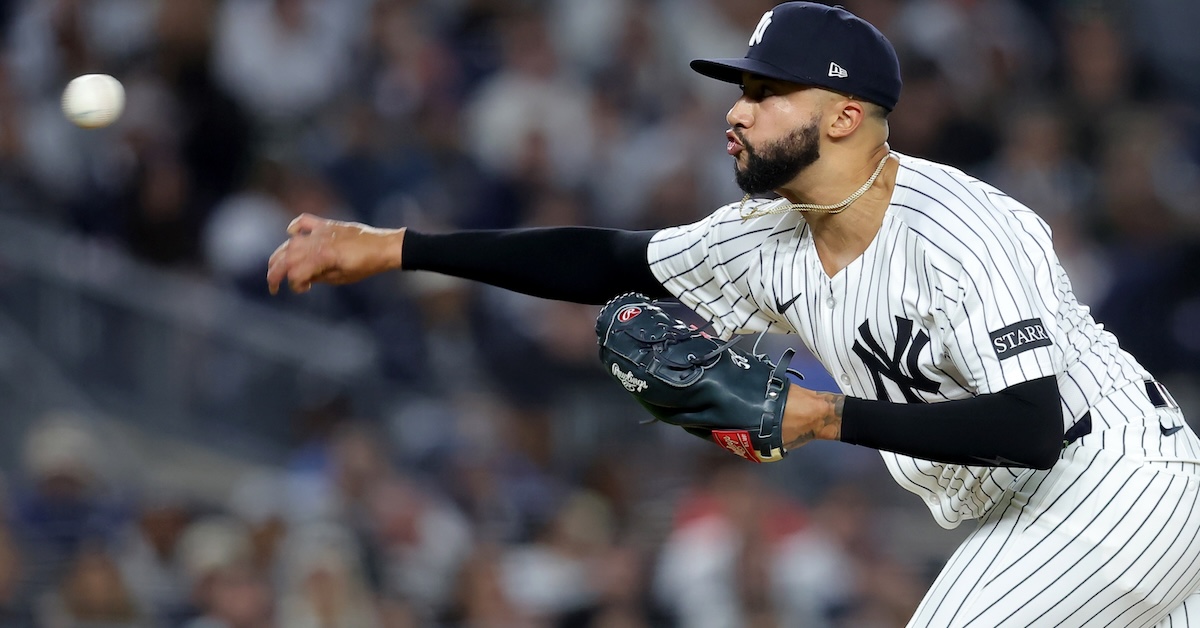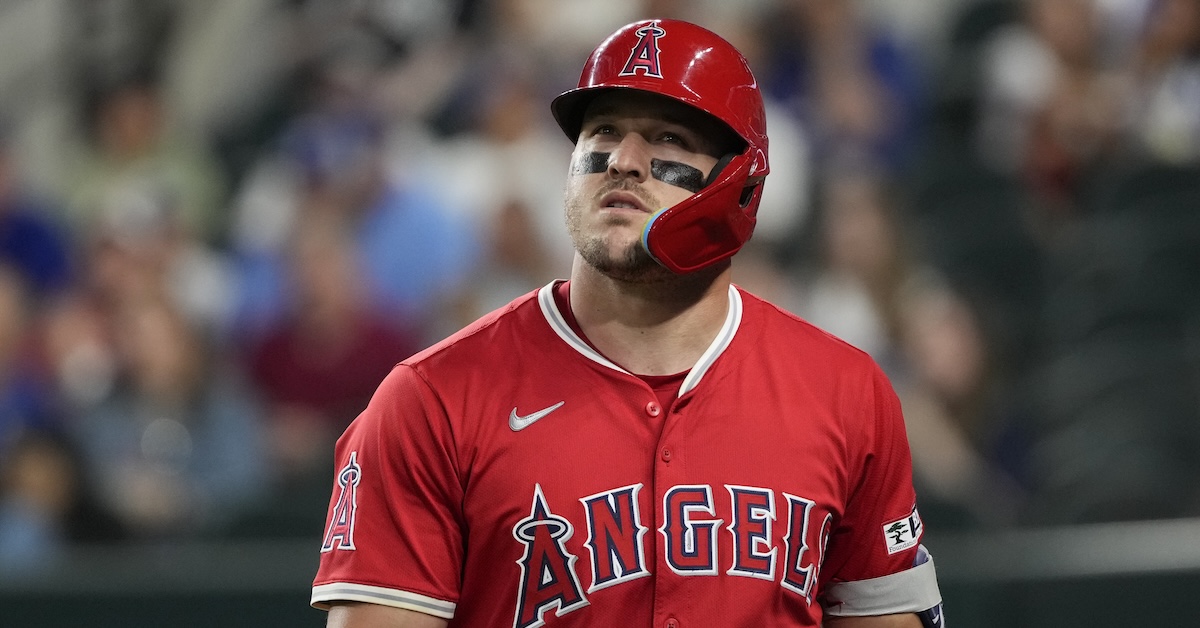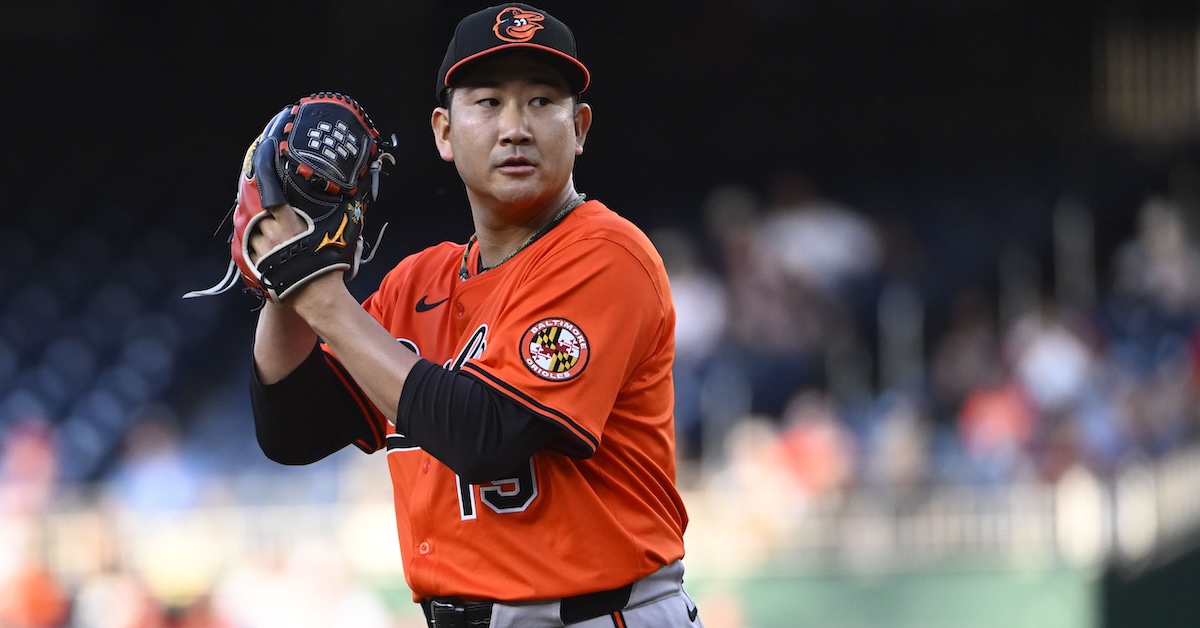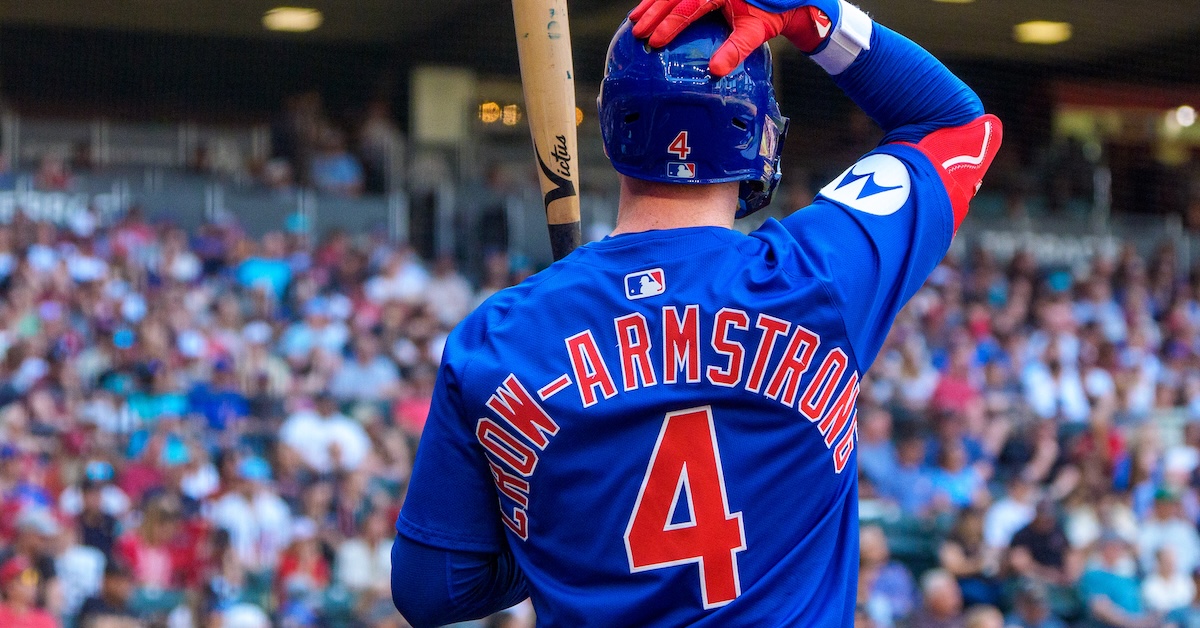FanGraphs Weekly Mailbag: June 14, 2025
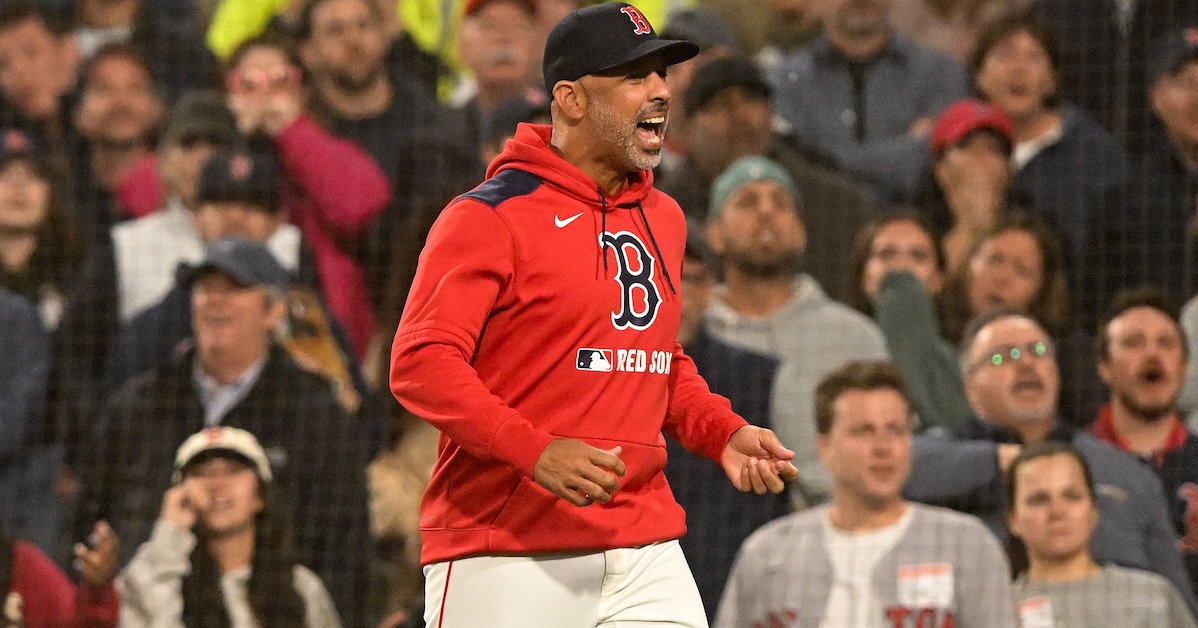
It was a beautiful night here in Brooklyn on Wednesday, and although I couldn’t make it to Citi Field in time for Mets-Nationals, I decided to go for a long walk and then stop at a local sports bar to read and watch some baseball. Naturally, the Mets were on one of the TVs behind the bar, while the other was reserved for the Yankees, who were set to play the Royals a little while later. That was a bummer for the two Red Sox fans sitting next to me, Mike and Kathleen, but they were resourceful. The bar has free wifi, so Mike pulled up Boston’s game against the Rays on his phone. He and Kathleen didn’t know one another, but they recognized each other as fellow Sox fans from the weekend prior, when they were both at the same bar to watch Yankees-Red Sox. He moved over to the stool between Kathleen and I, so that she and her partner Harry could also watch the game. The four of us started talking, and it turns out Harry and I went to the same high school, though he graduated four years ahead of me. Small world!
Anyway, sometime between Marcelo Mayer’s first and second home run of the game, Kathleen said to me, “The best thing about Red Sox fans is we simultaneously love and hate the Sox, and we love to hate them, too.” I bring this up because I thought about her description of Boston fans as I sat down to answer the first question in this week’s mailbag.
We’ll get to that in a moment, but before we do, I’d like to remind all of you that while anyone can submit a question, this mailbag is exclusive to FanGraphs Members. If you aren’t yet a Member and would like to keep reading, you can sign up for a Membership here. It’s the best way to both experience the site and support our staff, and it comes with a bunch of other great benefits. Also, if you’d like to ask a question for next week’s mailbag, send me an email at mailbag@fangraphs.com. Read the rest of this entry »
